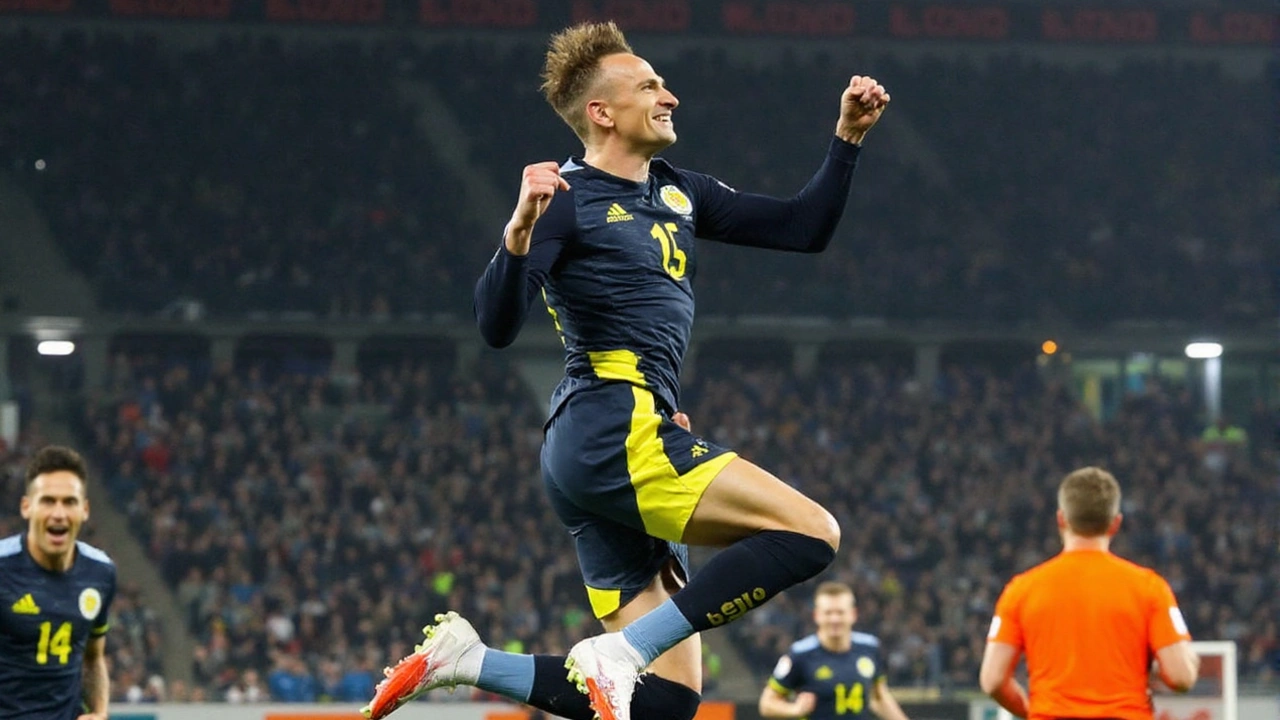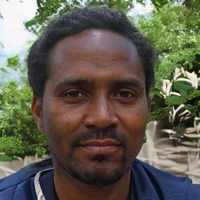
A point earned in Copenhagen
The quietest cheer of the night came from the away end. Scotland left Parken Stadium with a 0-0 draw and a point that already feels important, the kind you only appreciate when the table tightens. In their Group C opener on September 5, 2025, Steve Clarke’s players did what they’ve learned to do under him: keep shape, keep calm, and keep the door shut.
Denmark had most of the ball and most of the territory. Scotland had the plan. The hosts circled around the Scottish block, recycling play and probing the channels, but they rarely found the clean angles they wanted. Clarke’s side stayed compact between the lines, doubled the ball near the box, and broke forward in short, sharp bursts when space appeared.
This was not a smash-and-grab. Scotland arrived with form and belief—four wins from their last five World Cup qualifiers before this, plus three victories already banked in 2025. Denmark’s run into the game had been more uneven, and there was a clear edge in the stands after Scotland’s 2-0 win in the teams’ previous meeting. The home crowd wanted a score settled. The scoreboard didn’t budge.
The pattern became familiar early: Denmark building, Scotland sliding side to side, patient and stubborn. The visitors’ back line dealt with crosses decisively, and the midfield worked in unison, closing passing lanes into the half-spaces. When Scotland did get out, they carried a threat—quick switches, a runner beyond the near post, a set-piece routine that had the home end holding its breath. The final touch wasn’t there for either team.
There were moments. A curling effort around the edge of the area forced a smart stop. A free-kick skimmed just beyond a crowded six-yard box. A late scramble saw bodies everywhere and the ball deflected wide. It felt like one mistake might decide it. Neither side blinked.
Under Clarke, Scotland have leaned into realism: defend well first, trust the structure, and let the game come to you. The distances were tight, the transitions clean, and the risk management sound. Denmark tried to speed the ball from flank to flank to drag that shape apart, but Scotland kept the lines stitched together. That’s the bit you can’t quite see on a highlights reel—the constant shuffling, the compact spacing, the discipline to avoid unnecessary fouls in dangerous spots.
Parken can be a noisy, unforgiving place for visiting teams. The crowd drove Denmark on. Scotland rode that surge without losing rhythm. When the home side raised the tempo, Scotland slowed it down. When Denmark looked to isolate a one-on-one, help arrived fast. It wasn’t pretty, but it was professional.
What the stalemate means and what comes next
The first game in a campaign doesn’t decide anything, but it can set tone. An away point against a top seed is a solid start for Scotland in World Cup 2026 qualifying. For Denmark, this will feel like two dropped, especially at home with the ball and the crowd behind them. In tight groups, little margins—late blocks, set pieces, game management—add up.
The expanded 48-team World Cup means more European places than before, and the path isn’t as narrow as it used to be. Still, nothing is free. Group winners go straight through; the rest fight for it later. Collecting points away from home matters because it gives you room to breathe when the schedule squeezes and injuries bite.
What worked for Scotland? The defensive structure, first and foremost. The back line stayed connected, the midfield screened well, and the forwards pressed on triggers instead of chasing lost causes. The counters had purpose. What needs sharpening is the ball retention after the first pass out—too many transitions ended one pass early—and the quality on set pieces in the final third.
What about Denmark? They controlled tempo, kept Scotland deep for long stretches, and moved the ball with intent. The missing piece was variety in the final third—more runs beyond, more disguised passes between defenders, quicker combinations at the top of the box. The chances were half-chances; they needed a clean look. On another night, one of those deflections falls kindly. Not here.
Selection and freshness will shape the next fixtures. Early autumn windows pile games together. Coaches manage minutes, protect key legs, and make trade-offs between rhythm and rotation. Scotland’s continuity helps—players know their roles—but depth will be tested as the schedule ramps up. Denmark can lean on their wider pool, yet they’ll want to turn control into goals fast to keep pressure off.
The next matches come quickly. Home dates bring different problems: breaking down compact opponents, avoiding frustration, and keeping the crowd with you. Away games bring the same old ones: hostile atmospheres, tricky pitches, and the need to play clean. Both teams know the simple truth of qualifying—drop points against the lower seeds and you’re chasing the group from behind.
The backstory still lingers. Scotland’s 2-0 win in the last meeting gave this fixture a bite. This time the scoreboard showed stalemate, but it also showed a Scotland side that’s grown comfortable in uncomfortable places. Denmark will look at their possession, their pressure, and wonder how it didn’t turn into a win. Scotland will look at the travel, the opposition, and see a job well done.
Strip the noise away and you see the essentials: a host team that tried to force the issue and an away team that refused to be forced open. There will be nights for flair and flowing moves. This was a night for stubbornness and good habits. For Scotland, those habits have become their identity. For Denmark, the response will be simple—keep the ball, speed the play, and add a clinical edge. The campaign is young. The point already feels like it could matter.
